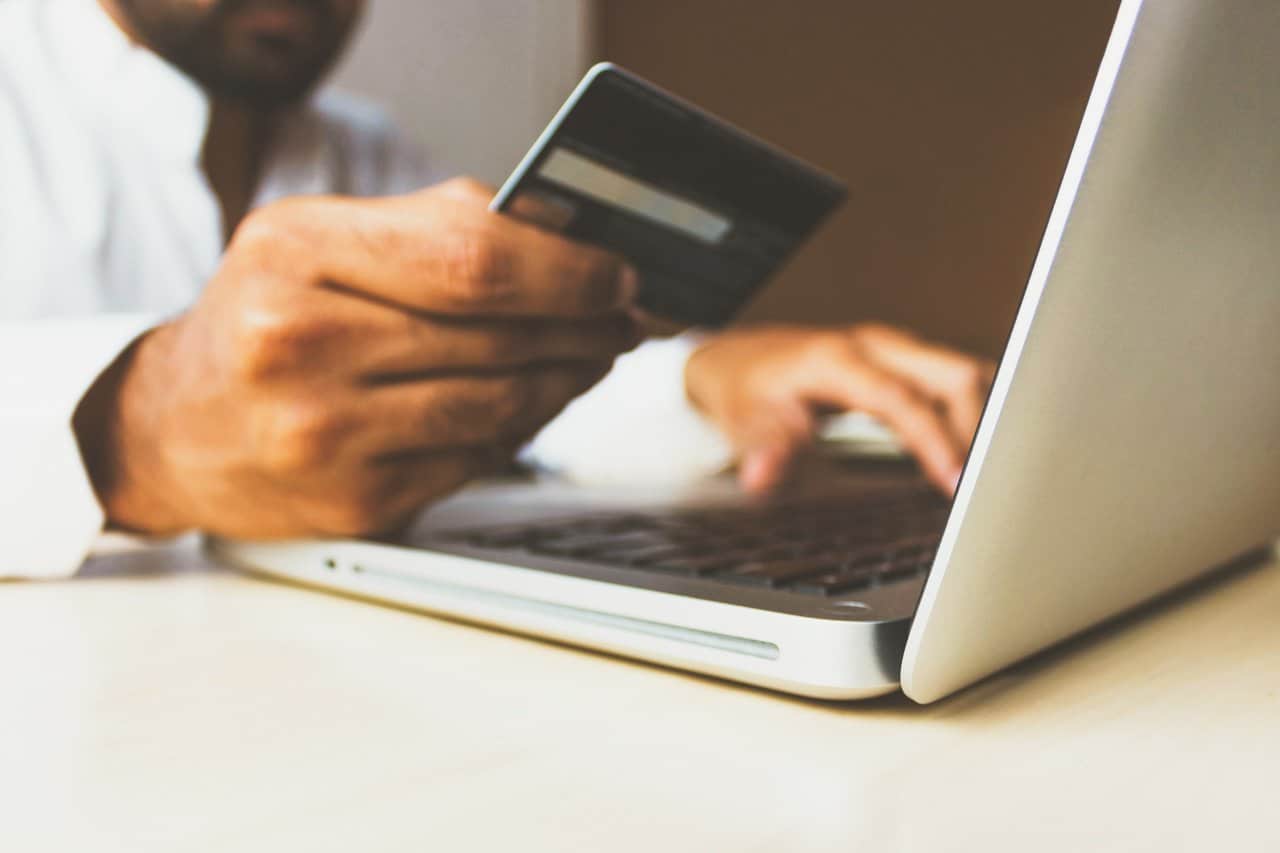Do you want to know how to make your home eco-friendly?
Many homeowners are looking to improve on sustainability, but it’s often difficult to know where to begin. Make a home eco-friendly; there are many steps you can take to improve your carbon footprint.
However, improving your sustainable footprint cannot be easy if you don’t know the proper steps to take. You may feel intimidated if you aren’t sure how to do it.
Don’t worry – we’ve got all the info you need to create an eco friendly home. Let’s explore everything you have to do and don’t have to do.
Reduce Energy Consumption

Install energy-efficient appliances, such as LED lightbulbs, Energy Star appliances, and low-flow showerheads. It is a great way to reduce energy consumption while helping the environment. Do insulate your home using premium insulation and ensure no air leaks.
Do set your thermostat to reduce heat and cold loss. Unplug appliances that are not in use and turn off lights when they are not needed.
On the other hand, avoid using old, inefficient appliances and boiling water for washing or bathing. Finally, don’t use too much hot water or leave appliances on standby mode.
Choose Eco-Friendly Products
Choose eco-friendly products and materials for renovations, such as paints, carpets, and countertops. It is to help reduce toxins and waste. Don’t buy more than you need.
It is essential to be mindful of your consumption when wanting to reduce your environmental impact. Make insulated draperies from materials like hemp and wool to keep the air out of your home and consistency in the temperature.
Consider using pre-loved items or upcycling furniture you already have available. Purchase bamboo and natural fibers for furnishings. Don’t forget to focus on composting, a vital part of any eco-friendly home.
Utilize Sustainable Materials
These are materials that are either recycled or they are renewable resources. When choosing items for your home, look for materials that have high energy efficiency and are made with recycled resources.
Installing high-efficiency insulation is another great way to use sustainable materials in your home. You can also look for furniture, carpets, and countertops made from sustainable materials.
Avoid any materials that are processed or made from non-renewable resources. Doing so can help reduce your environmental footprint and put you on the path to creating sustainable homes.
Prioritize Natural Lighting
Don’t fall into the trap of using too many artificial lights to brighten your home. Utilize strategies like oversized and placed windows, light-colored walls, and reflective surfaces to bring in natural light.
Another is to control your artificial lighting and consider installing dimmable LED lights. They provide excellent light quality and save energy. On the don’t list, avoid keeping windows and curtains closed. Whenever possible, open curtains and windows to let in the sunlight during the day and help keep the temperature of the space comfortable.
Be mindful of the direction your windows face when creating an eco-friendly home. Installing solar panels should be considered to optimize energy efficiency.
Implement Green Practices
Make sure to research the energy costs associated with appliances before buying them. This can save a significant amount of money in the long run.
Another do reduce energy costs is by insulating the walls and attic properly. This can decrease energy costs by a sizable amount and make it easier to maintain a comfortable temperature.
Another important do minimize water wastage. Install water-saving fixtures where you can, such as dual-flush toilets and low-flow showerheads. Finally, avoid single-use plastics in your home. Buy reusable products instead, such as cloth napkins and storage containers.
Avoid buying new furniture or decorations as much as possible, and focus on reusing or upcycling what you have. Don’t forget to check for and prevent air leaks anywhere in the house. Additionally, be mindful of turning off lights when not in use and unplugging appliances when not in use.
Utilizing Solar Energy

Research what types of solar energy systems best suit your home and its needs. Use south-facing panels to harvest the most sunlight. Get an energy audit to understand your energy consumption and if solar energy is right for you.
Arm yourself with knowledge and be aware of the latest advancements in solar energy. Choose a qualified solar photovoltaic contractor. When going solar, check out this information.
Don’t rush into decisions; be aware of any incentives or grants that may aid you. Don’t install too many panels in your home, as this could lead to overproduction and wasted energy. Finally, don’t forget to factor in energy storage availability.
Indoor Gardening
Practice organic gardening methods whenever possible. Use pressurized pots or hangers for extra space for vertical gardening. Watch your plants and pay attention when they must be fed and watered.
Please don’t feed your plants too much, as this will deprive them of essential nutrients. Don’t reuse soil year after year, as this will deplete it of its nutrients and can introduce pests. Don’t water too frequently, as it can affect the plant and nutrient intake.
Switch to Paying Your Bills Online

This is an easy and cost-effective way to save energy, paper, and money. Switching to paperless billing requires fewer resources for you and your biller. Choose environmentally conscious billers, such as businesses that utilize renewable energy sources.
Reduce paper waste further by requesting e-statements from your financial institutions and ensuring that all digital documents are stored. Don’t forget to sign up for automatic payments for recurring bills. These online payment strategies will help you save money, reduce your carbon footprint, and make your home more sustainable.
Fix Leaks
Inspect plumbing and check for any leaks that may have formed. If there are leaks, fix them immediately instead of delaying the issue, as it can worsen. In addition to repairing leaks, purchase water-efficient fixtures, such as low-flow showerheads, toilets, and faucets.
Doing so will help you save substantial amounts of water and money. On the other hand, don’t overlook the minor problems, such as recurrent dripping taps that may seem inconsequential but can waste volumes of water if left untreated. Also, avoid using products that contain chemical compounds and opt for green solutions instead.
Consider an Eco Friendly Home
Creating an eco friendly home can save you money, help the environment and make you feel great knowing you’re doing your part! Start greening up your living space today and positively impact the world!
Did you find this article interesting? Check our site today for more!
